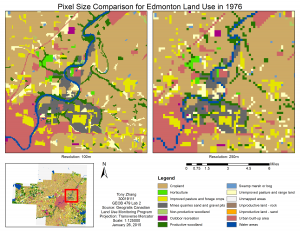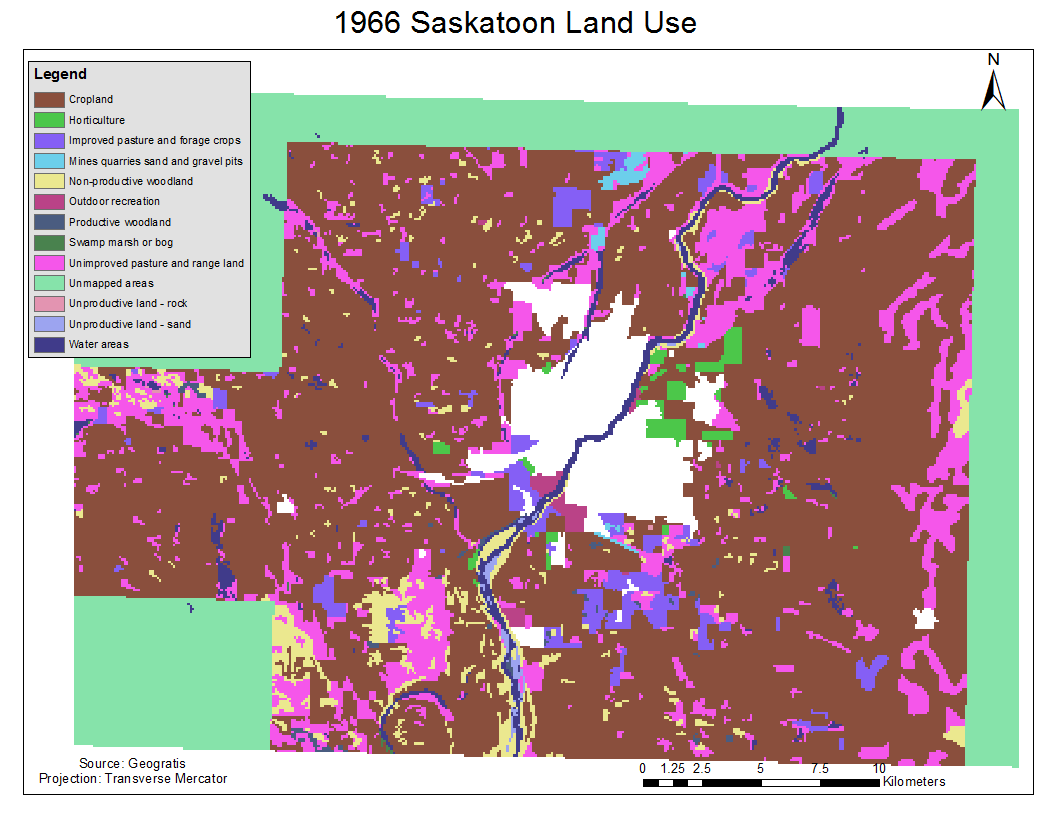Scale is the main topic described in this week. Because the real world is so complex with so many interactions between factors that we can never find all of them. As a result we often have to decide on a scale that gives a fair representation of what we want to achieve. For example regarding the “marauders” that disturb areas outside their own local scale, should we choose a large scale that includes the marauders’ homes, or should we focus on a smaller scale that gives better representation of the effects within the area of significance? One way of solving this dilemma is to conduct a multiscale analysis, which can give a more complete view of a topic by focusing on factors that are specific to each scale. The problems with scale can be found in many known problems such as the Simpson’s paradox where aggregating data groups change overall results, Modifiable Areal Unit Problem where the same data can produce different results when area is changed, and Ecological fallacy where creating a larger scale can often simplify and misrepresent the details within an area.
The lab for this week used the same processes as lab 1 but uses the city of Edmonton and focuses more on the results produced by Fragstats. We included several additional class and landscape metrics that we deemed to be important. We also created a transition matrix that compared the changes in land use from 1966 to 1976. The transition matrix was much more useful compared to just the two years’ land use areas side by side, because a transition matrix can show us exactly how each portion of land use changed to what. For example with only a simple table we see that non-productive woodland (NPW) areas changed from 19000ha to 7300ha in the ten years, and a logical assumption would be that the 7300ha are the remainder of the 19000ha from 1966. But if we look at the transition matrix, we see that only about 8% of the 19000ha of NPW remained in 1977. It also showed what percentage of other land uses were created from the 1966 NPW, and how the initial NPW changed into other land uses. Effects of scale was also discussed in this lab, where a larger pixel size of 250m looked very different from a 100m pixel map, and many features like river and roads became indistinguishable.


